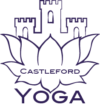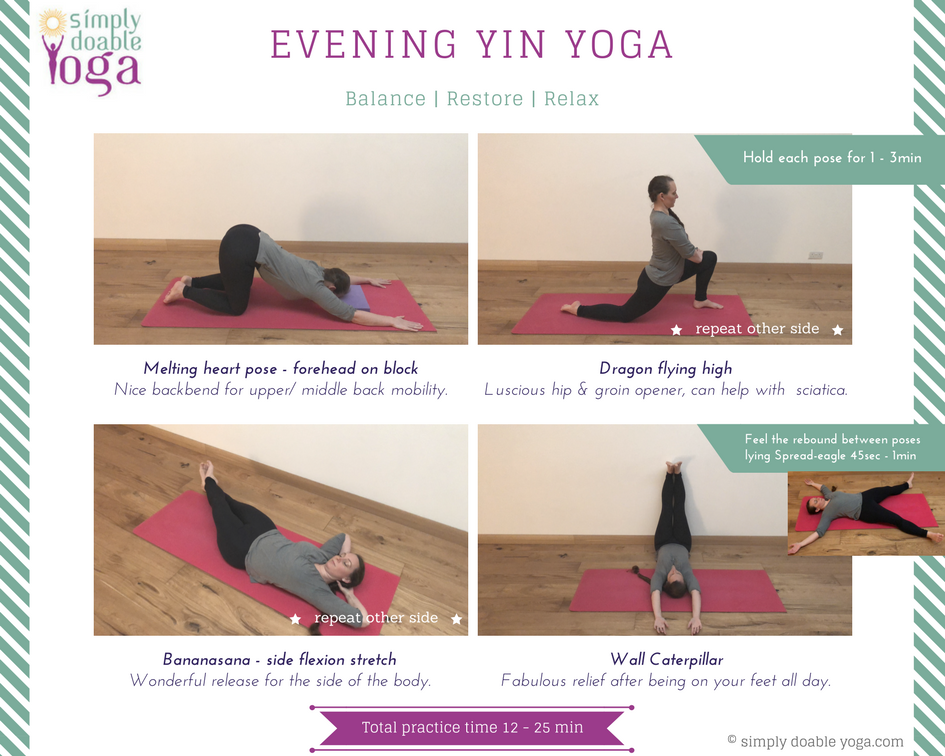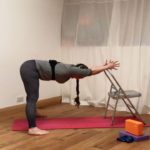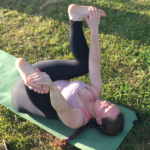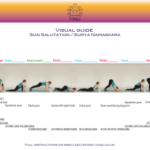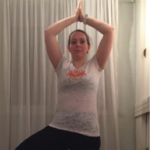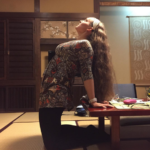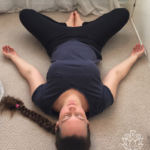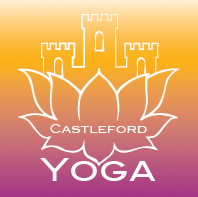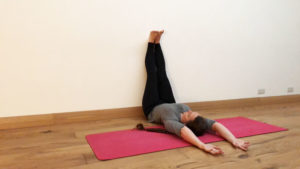
In this blog post you’ll find out a bit more about Yin yoga, the intensions and some guiding rules on how to go about it to make your experience successful. Try the 4 poses sequence once you understand the difference between this type of yoga and Hatha/ Feel-good yoga.
Yin yoga is a very slow-paced style of yoga with the poses/ asanas held for longer periods of time around 3-5 minutes per pose is typical. Total beginners would start with 1min.
Use a meditation timer app such as Charka Chime
Staying in a pose for longer durations trains the mind and body to become calm and endure distractions, both physical and mental.
“We do not use our body to get into the pose, we use the pose to get into our body.”
Yin yoga poses apply moderate stress to the connective tissues of the body — the tendons, fascia, and ligaments—with the aim of increasing circulation in the joints and over the long term re-modeling the connective tissue to help build strong and flexible joints.
It is a more meditative approach to yoga that is a natural healing practice, yin aims to cultivating awareness of inner silence, physical ease and mental calm.
Yin yoga is not intended as a complete practice in itself, but rather as a complement to more active forms of yoga and other forms of exercise. So if you are getting addicted to lying still do intersperse your weekly home practice with some Hatha/ Feel-Good or Vinyasa yoga to keep your body in balance.
For those who have practiced yoga, the poses used in yin are very different – they are all poses that you can hold reasonably comfortably for the designated time.
“The power of yin yoga is not effort but time!”
Suitable for both total beginners and more advanced yogis.
Think about:
- Practice with intension and attention in a relaxed manner
- the muscles need to be cool – do not do a warming practice prior to yin yoga.
- come into the pose to an appropriate depth – sweet spot, do not cause pain.
- relaxing the muscles around the joint you are working on, other muscles may have to engage to support the pose.
- practicing with a yin attitude:
- modest effort
- patiently wait – resolve to remain still
- yielding
- gratitude & contentment
- observe the sensations that arise, respect the bodies requests.
- Wait for the body to invite you to go deeper into the pose.
- Stress not stretch in yin yoga (don’t worry the stress on the tissue is about stimulating repair)
- breathe normally, observe how each pose affects the natural respiration
- after each pose take any counter pose that you may crave before settling in the rebound pentacle.
- take time to feel the rebound between poses in the spread-eagle or pentacle pose
- notice the energy chi/ prana move around the body
- Yin yoga should never be a strain – use props if necessary to allow yourself to settle if you find a pose stressful.
- Yin yoga is not about “mastering a pose”, the poses are meant to be therapeutic.
- Some poses may be uncomfortable during practice but result in a healthy response by the body.
- Yin yoga is not meant to be comfortable, it will take you well out fo your comfort zone where you will grow.
- Each pose affects each person differently.
- There is a difference between discomfort and pain – Pain is always a one way ticket out of the pose.!!!
- Pain: burning, sharp stabbing, tingling electrical-like pains – are all a NO NO!
- Expect: dull, achy sensations
- Be your own guru – develop your inner wisdom
- Just take what is offered
- Acceptance is the essence of yin.
- best time to practice; mornings or late evenings
- helps you when life becomes hectic
Forward bends:
- are yin
- the head is level with the heart making it easy to pump blood to the brain
- blood pressure all over the body is reduced
- harmonise chi flow of meridians near the spine, which is calming and sedating.
Back bends:
- are yang
- stimulate the nerves and are invigurating
- do not need to be held as long as forward folds/ bends
Alignment – Forward bends:
– rounded relaxed spine focus on affecting the connective tissue of the torso
– straight spine folds focus on the leg tissue.
Alignment – Lower body postures:
– are influenced mostly by the flexibility of the sacrum and the curves of the lumbar spine
Alignment – Upper body postures:
– are influenced more by upper -body muscular strength rather than flexibility
Here the mini practice sequence:
Practice yin 3 x per week on top of other yoga or exercise practices, this is not a standalone complete practice.
The body needs both the still and the moving practice.
What people said about the yin yoga workshops in the past:
Nikki: ” I feel like I am floating”
Cat: “Just to say I absolutely LOVED tonight’s class!!!! Was fabulous!!!! Loved the mix”
Let me know how you get on with this.
If you have any questions about the classes or how you can get started, get in touch.
I look forward to seeing you at the studio soon, maybe for a workshop, check schedule for upcoming workshops here.
Many thanks
Namaste ( I see the light in you)
Marie
